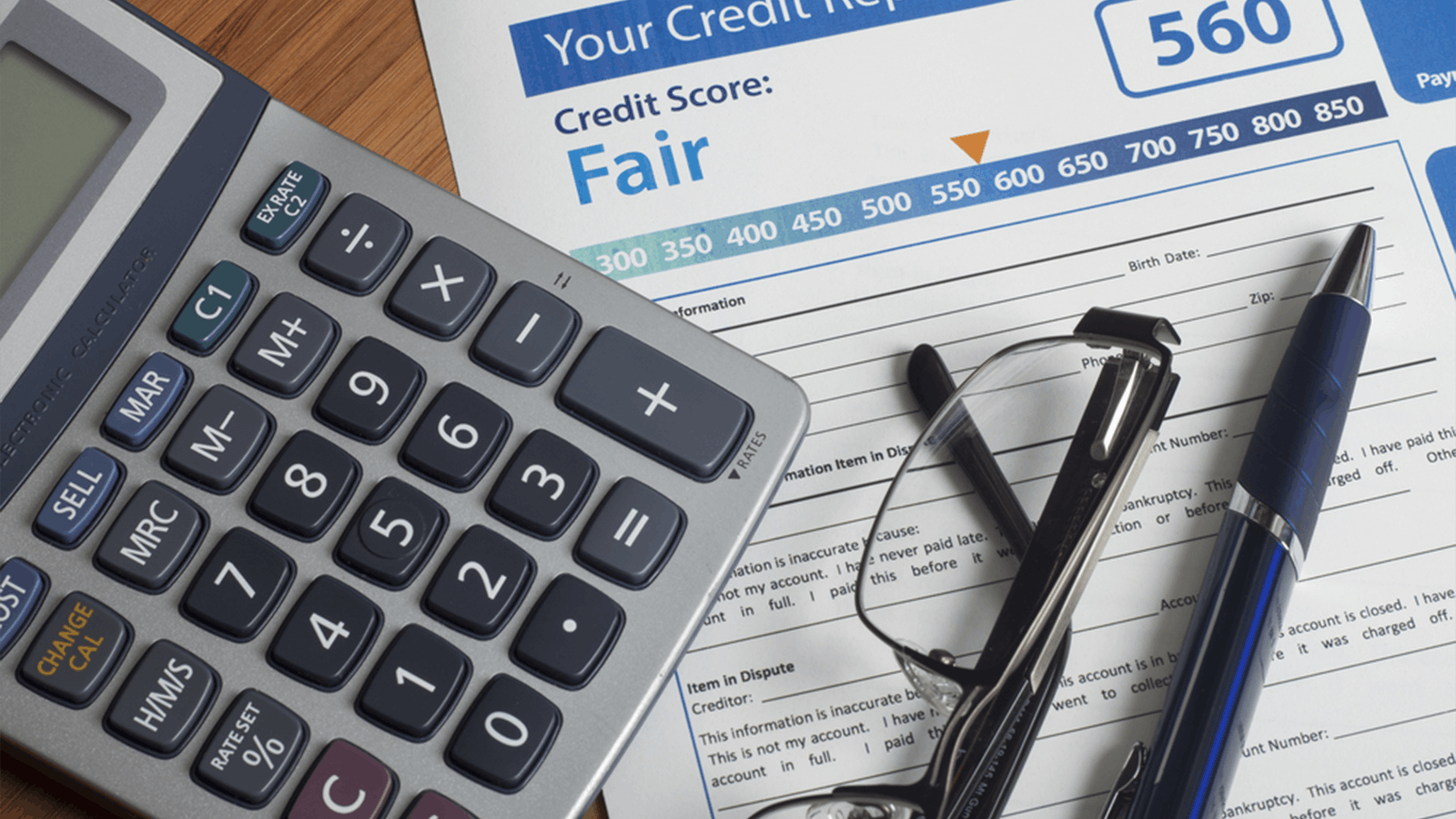It’s no secret that credit is critical to mortgage lenders. That’s because they use it to measure just how risky lending money to you might be. While the story behind “bad” credit can be much more complicated than that, most lenders will have hard-and-fast rules in this area. After all, they’re working to protect their assets.
That definitely doesn’t mean you can never buy a home with compromised credit, though! By working to understand your situation, doing what you can to improve your score, finding the right team and loan type, beefing up your application, and staying positive, homeownership might be well within reach.
Here are our top recommendations for finding home loans with “bad” credit:
1. Get Clear on Your Credit Situation
So, you have “bad” credit. But just how bad is it? The very first step is getting a clear picture of your credit situation.
Check your credit score and get copies of your credit report from the big three—Equifax, Experian, and TransUnion. Comb through these reports for any errors or inconsistencies. Look for old debts you know you paid off, accounts you didn’t open (that’s the last time you trust a Nigerian prince), or any other red flags. Report anything out of the ordinary to the issuing credit bureau. Any corrections could instantly increase your credit score!
2. Consider Working to Improve Your Credit Score
There may be some quick fixes to raise your credit score, or you might decide to put off buying for a bit while you work to improve it. Either way, consider exploring how you can bump that number up. Your pocketbook will thank you!
Your credit situation and score are unique but, in general, most borrowers could benefit from focusing on at least one of the following:
- Address the most important aspects of your credit score first. While you’re combing through your credit reports, determine what exactly is draining your score. The most influential factors tend to be payment history, debt-to-credit ratio, length of credit history, new credit, and the total amount of credit you have. By tackling the highest-leverage issues first, youmay get the most bang for your buck.
- Pay all bills in full and on time. Creditors like to see a long history of responsible repayment. That comes down to paying on time, every single month. Auto-pay, calendar reminders, and mobile-friendly banking apps may be your friend here.
- Pay down high-interest debt, like credit cards. High credit card balances are notoriously hard on your credit score. For best results, you’ll want to keep your credit utilization below 30%. That means that, at any one time, you’re not using more than 30% of the credit available to you.
- Don’t open any new accounts. Any hard inquiries could temporarily drop your score. That new car can wait until after closing.
3. Speak with a Mortgage Broker
When it comes to getting a mortgage despite “bad” credit, some home finance professionals tend to be more helpful than others.
A mortgage broker may be the best choice for borrowers with “bad” credit. That’s because they can offer more options.
Mortgage bankers are limited to their own bank’s loan programs, which usually have strict credit requirements. mortgage brokers, on the other hand, can shop around, compare different loan programs, and try to find the best mortgage for you. They might even have an in with specialty lenders, who may be more likely to overlook low credit than your local bank or credit union.

4. Explore Home Loans for “Bad” Credit
Speaking of loan programs, you’ll want to familiarize yourself with some of the best home loans for “bad” credit:
- FHA Loans: The Federal Housing Administration (FHA) offers the lowest credit score requirement. You may be able to technically get an FHA loan with a score between 500 and 579, but 580 is a good figure to shoot for.
- VA Loans: Qualifying military borrowers with low credit might benefit from a VA loan. While there’s technically no minimum score required, lenders tend to prefer scores of 580 or above.
- Non-qualified mortgage: These home loans are designed specifically for borrowers who otherwise might not qualify. You’ll need a credit score of at least 500, and you’ll likely need to pay higher interest rates and fees.
- Co-signer or co-borrower: If you can’t qualify on your own, a co-signer or co-borrower could tip the scale in your favor. A co-signer is someone with better credit who signs on to take responsibility for the loan if you’re unable to pay. A co-borrower is someone who applies for the loan along with you, is or will be on title to the subject property and shares the responsibility for repayment. Lenders like seeing either one, because it might make you a safer investment.
The above just scratches the surface of potential options. A home finance professional can help you determine the best path forward based on your credit score, financial situation and goals.
5. Bump Up That Down Payment Amount
Low credit is a red flag for lenders. A large down payment is a green one. If you can save up a good amount to put down, it might offset some risk in the lender’s eyes.
If your financial situation allows, make some extra effort to meet or exceed your savings goals, put a financial gift to work, or otherwise beef up that down payment amount. With more money in your pocket, you’ll likely find it easier to secure a loan, even with that pesky credit score hanging around.
6. Be Prepared for Higher Rates and Fees
Lenders charge interest and fees for the privilege of borrowing money. So, when they perceive certain borrowers as riskier, those borrowers typically pay a higher premium. That means that, unfortunately, lower credit is usually associated with higher interest rates and fees (can’t forget about mortgage insurance) assuming your loan is approved.
You’ll want to carefully review the terms of any loan that may be offered to you, including the interest rate, fees, and any other costs. Make sure they’re comfortably within your budget, and never hesitate to ask any questions before signing on the dotted line.
7. Be Patient and Persistent
Buying a home is rarely easy, and “bad” credit can make it that much more complicated. Improving your score, finding the right lender, and securing a property that fits the budget all take time. Plus, you might also hear a lot of “no” before you might get that one “yes”.
Be prepared for road bumps and rejection, but don’t give up! Low credit doesn’t have to be a dream-killer.
Buying a House with “Bad” Credit
Low credit can pose some challenges, but it isn’t guaranteed to bar you from homeownership. Taking some time to understand your situation, finding the right homebuying team, and even simply staying positive can make all the difference.
Published on May 1, 2023


